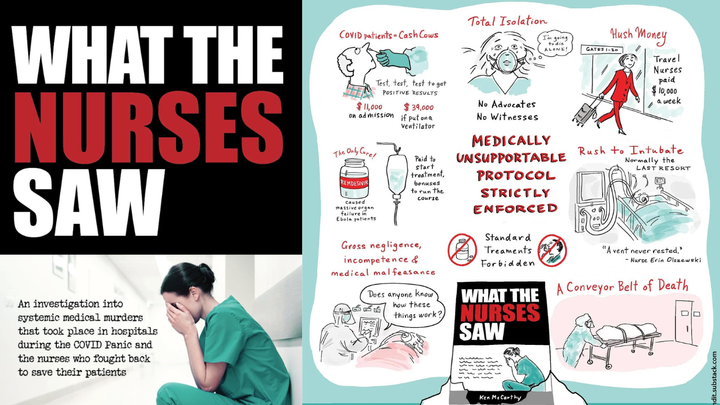Q & A: February 20, 2011
Welcome to CHEESESLAVE Q & A! From now on, every Sunday, I will be answering your questions. I’ll answer as many questions as I can each week.
Welcome to CHEESESLAVE Q & A! From now on, every Sunday, I will be answering your questions. I’ll answer as many questions as I can each week.
If I didn’t answer your question this week, please check back next week.
Submit Your Question
If you have a question to submit, please email it to me at questions@cheeseslave.com.
If you have an URGENT question that you can’t wait to get answered, please post it on my Facebook page. I tend to get on Facebook pretty much daily. I can’t promise to answer all the questions on Facebook, but I try! (Note: Do NOT email me on Facebook — I can’t get through my email on there!)
I am on vacation today so I’m only answering a couple questions this week. Look for more next week.
Question: Eat Right for Your Type?
What’s your take on Eat Right 4 Your Type by Dr. Peter D’Adamo? That’s the plan that suggests different foods for different blood types.
— Angela
Answer
Hi, Angela,
I did not read the book but I did read the “Thumbs Down” review on the Weston A. Price Foundation website.
I think there’s a lot of merit to different types of people doing better on different types of diets. There is a great deal of evidence that people with Eskimo, Native American, Scandinavian, Irish, Scottish, or Northern Russian heritage, for example, tend to do better on diets with higher animal fats and less carbohydrates.
Julia Ross, author of The Mood Cure, talks about how some cultures need different amounts of different nutrients than others. Case in point: Eskimos and Native Americans who lived on a diet of primarily salmon and game animals such as deer and elk, who then switched to a diet of grains and refined carbohydrates. When they switched their diet, they saw a high incidence of diabetes, obesity, alcoholism and mental disorders such as depression.
We do see this happen among people of Western European descent, but it is not as swift and dramatic. Most Western Europeans traditionally ate a lot more grains and carbohydrates than the Eskimos and Native Americans did.
That said, I think attributing this to blood type may be a bit of a stretch. Oncologist Dr. Nicholas Gonzales said once on a podcast I listened to (I can pull up the source if you ask) that while he completely agrees that people from different ethnic backgrounds need to eat different diets, in his practice, he sees no evidence that it has anything to do with blood type.
Question: Pre-conception and Pregnancy Nutrition and Supplements?
I also have questions about pre-conception and pregnancy nutrition and supplementation. It sounds like you are planning to get pregnant again and I would love to know what types of supplements/vitamins you feel are important.
I don’t feel great about using typical multivitamins or isolated vitamins, but wouldn’t want to gamble with the health of the baby. I used to make sure I took folic acid every day, but I don’t now. It does seem impossible to eat enough greens to get the recommended amount of folate.
Is this a necessary supplement for the child-bearing years in your opinion?
Is there such thing as a natural folate supplement as opposed to synthetic folic acid?
I would actually love to see a whole post on your pre-conception nutrition plan.
Thanks so much!
— Hannah
Answer
Hi, Hannah,
I am planning on getting pregnant again in the spring.
When I got your email, I started a post about my pre-conception diet. Not sure when it will be published but I am working on it.
While you are waiting for that post, I’ll share with you briefly what I am eating.
I follow the Diet for Pregnant and Nursing Mothers from the Weston A. Price Foundation.
I drink grass-fed raw milk, eat raw milk cheese and grass-fed butter, cream and yogurt. I love dairy so I eat a lot of grass-fed, full-fat dairy.
I try to eat seafood at least 3-4 times a week. Especially shellfish, and most particularly mollusks like oysters, clams, mussels, and scallops — which are more nutrient-dense than seafood. But all seafood is great for you.
Salmon roe is also super nutrient-dense so I try to eat that at least once or twice a month.
I try to eat liver and other organ meats at least once a week, but I wil eat them as often as 2-3 times a week. I keep liverwurst in the fridge which makes a quick an easy lunch when spread on whole-grain or sprouted crackers. Just last week I ate calf’s brains and bone marrow (see my review of Animal Restaurant). Every time I see organ meats on the menu, I order them.
Pastured eggs and bacon are also a staple for me. I put extra egg yolks in my scrambled eggs.
To get more bone broth into my diet, I sometimes make soups, but more often than not I will just cook our beans and rice in broth. I soak my brown rice (or buy sprouted rice) and then I cook it in chicken or fish stock. I also add coconut oil or bacon grease to the beans and make refried beans.
I fry chicken nuggets and corn tortilla chips in refined coconut oil to get more coconut oil into my diet.
I am by no means perfect. I still eat sugar and desserts from time to time, and I don’t do everything right by any stretch. That said, I try to eat well following the 80/20 rule. I figure if I’m eating well 80% of the time, I don’t have to worry so much about the other 20% of the time.
If I’m traveling, like I am right now, I don’t stress about not getting raw milk or grass-fed butter. I don’t worry about the fact that my bread is not sprouted or sourdough-fermented. I don’t worry about the fact that the meat I’m eating is not grass-fed.
I do, however, look at the menu and try to choose the most nutrient-foods. Just now I ordered a decaf latte. I asked for whole milk but they only had 2%, so I asked if they could use half and half instead.
Last night at the pizza place, I had one slice of pizza, but then I also ate some shrimp wrapped in prosciutto. Sure, the shrimp was most likely not wild-caught, but any kind of shrimp is much more nutrient-dense than pizza.
The point is not to stress out about this. Do the best you can and have fun with it.
As for folic acid, the best source is liver! You really can’t get enough from greens. And synthetic vitamins really don’t absorb as well. You can read more about the nutrition in liver on the WAPF site.
If you don’t like eating liver, I suggest you keep trying it. It takes at least 10 times of eating a food to get used to the taste. You can also take powdered liver capsules.
Also don’t forget to take your cod liver oil. I am taking the high vitamin butter oil and cod liver oil blend — which is recommended for all mothers and children.
I am also taking some other glandulars from Standard Process. I do not think these are necessary if you are following the WAPF diet and eating lots of organ meats and good pastured animal fats, plus I think the cod liver oil is essential.
I will go over this in more details in my upcoming post.
Got a Comment?
I don’t claim to have all the answers. And I love hearing from you guys! If you have feedback on any of the above questions and answers, please share your thoughts n the comments below.
Got a Question?
Please submit your questions to questions@cheeseslave.com. I’ll answer your questions every Sunday in the order I receive them.



Comments ()